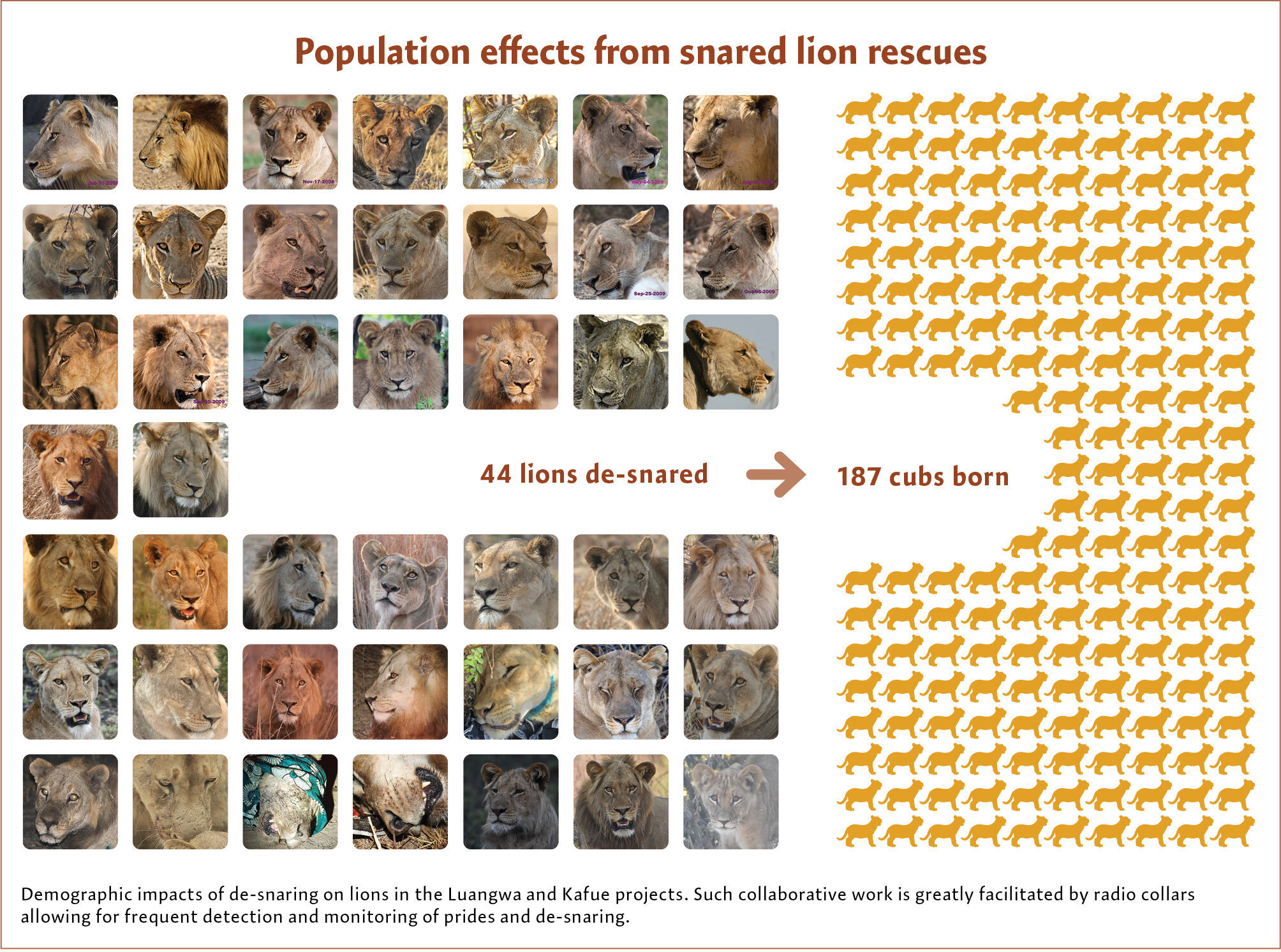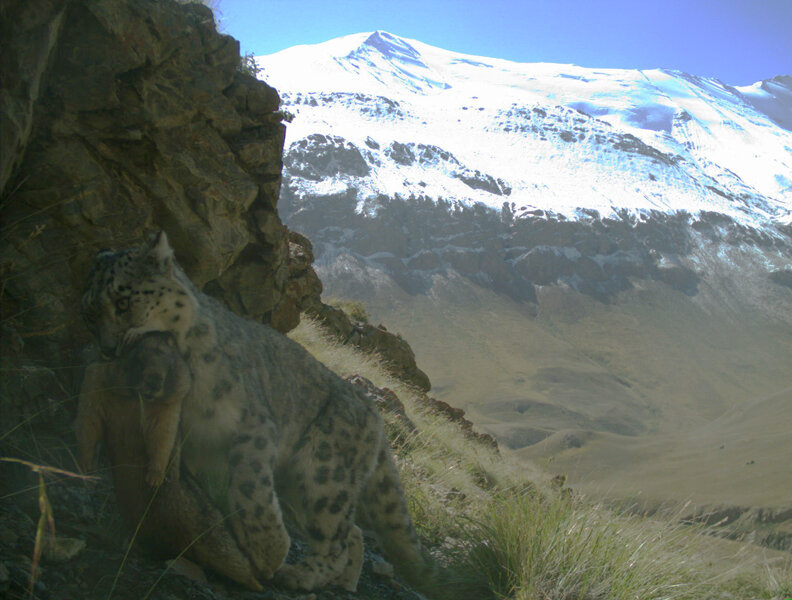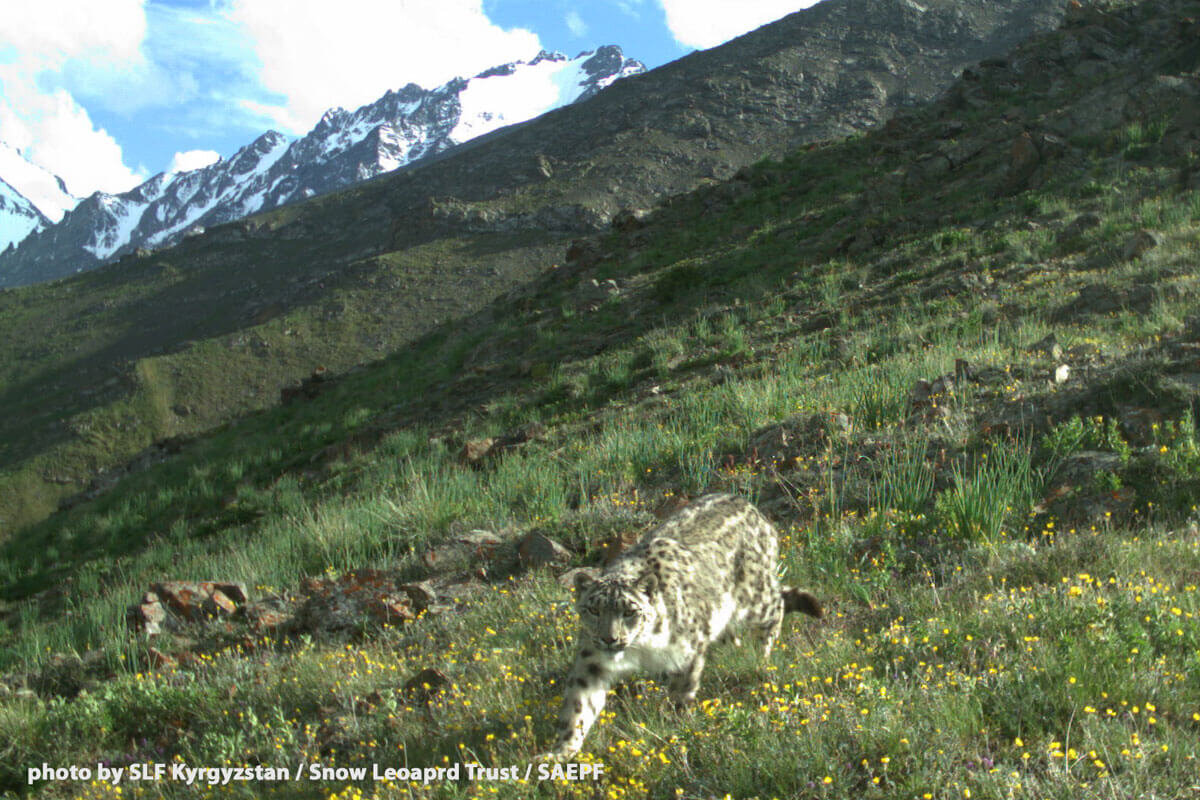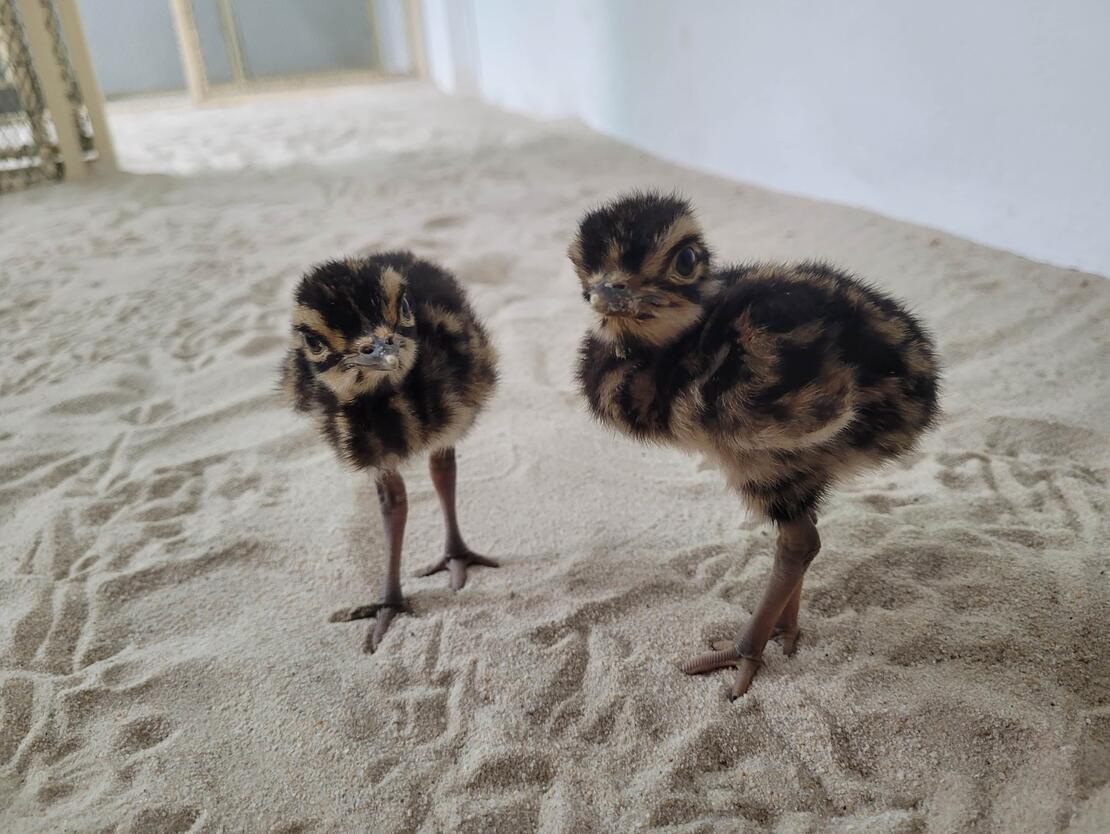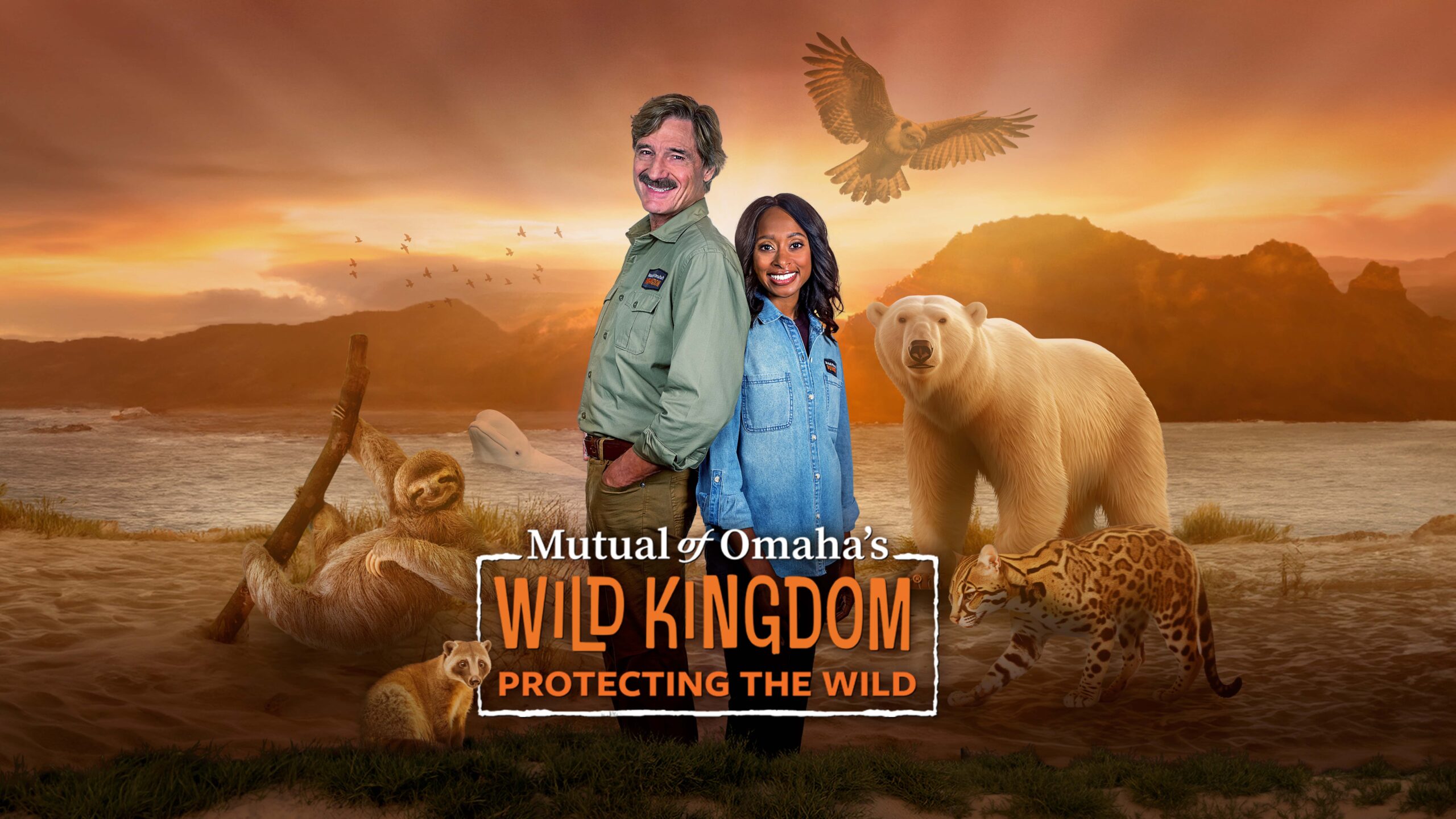PICTURED: A rare camera trapped moment of a snow leopard after a successful hunt. Photo credit: Snow Leopard Trust.
From Kyrgyzstan to the Zambesi, efforts by governments, conservation groups, and the IUCN, noted stories of recovery and success amid the arrival of the new year.
African lions and snow leopards typify the image of their respective wildernesses. One the mighty “king of the jungle,” the other the fabled “ghost of the mountain”. One is the star of any safari tour, the other you may not see even if you passed ten lifetimes in the mountains of Central Asia.
With the year darkened by the shadow of the coronavirus pandemic, it would be easy to try and sweep the memory of 2020 under a rug, but a lot of conservation work managed to carry on in the open air and it’s worth taking a look back at the victories these conservationists made.
PICTURED: Lion cubs in Luangwa National Park, Zambia.
Lions
Hundreds of lions are being born in one of Africa’s most iconic National Parks by adult lions saved by the anti-poaching efforts of conservationists in Zambia.
Listed as Vulnerable in the IUCN Red List, the African lion isn’t a species most think of when considering those in need of protection. The image of critically-endangered species like the Giant Panda, or tiny unknown species like a small nameless frog in the Amazon spring to mind more than lions, whose hunting grounds attract millions of tourists across Africa every year.
However the illegal bushmeat trade as well as revenge killings for livestock have driven lions from 80% of their range, and only about 30,000 remain in the wild.
As reported by the Zambia Carnivore Project (ZCP), their collaborative work with Conservation South Luangwa (CSL) and the Department of National Parks (DNP) have dramatically reduced the pressure from poaching in the form of wire snares on lions in the country.
Often left to close around the hoof of a small herbivore to feed a poor family, poacher’s wire snares are indiscriminate in their trapping, and lions often die when the snares trap them by the paw or neck.
Using GPS collars, and observational air presence, DPN officials can send reports on possible snare placements or entangled lions to CSL patrols on the ground, while safari guides are enlisted to help report lion movements and snare injuries.
On August 10th, ZCP reported a discovery from 2018 of a male lion caught by a snare around the neck.
PICTURED: In this illustration, Zambia Carnivore Project hope to impart the impact of the de-snaring operations. Photo credit: Zambia Carnivore Project.
Cutthroat is one of 44 lions that have been saved as a result of this work that have together produced 187 offspring, who will hopefully reproduce themselves, contributing even further to this iconic safari species.
However lions aren’t the only big cats that have scored victories last year.
PICTURED: A camera trap captures a rare image of a snow leopard after a successful hunt. Photo credit: Snow Leopard Trust.
Snow Leopards
In Kyrgyzstan, a culturally-iconic species received support from the IUCN Save Our Species (SOS) chapter in Central Asia to designate two new PAs that will extend hunting and habitat ranges of the snow leopard even further.
Once Endangered, the snow leopard is now listed as Vulnerable at the IUCN, with about 3,500 individuals left in the wild, after huge intergovernmental cooperation from the range countries of Uzbekistan, Kazakhstan, Tajikistan, Kyrgyzstan, China, Russia, Bhutan, Nepal, India, Pakistan, and Afghanistan.
SOS Central Asia ran program targeting to find the best ways to support conservation in the remote mountainous regions the snow leopard calls home. These often involved insurance schemes for villagers who lose livestock to the leopards, or community outreach programs to educate school children on the value of and threats to the animal.
Furthermore In April 2020, SOS, the IUCN, the Snow Leopard Trust, the Snow Leopard Foundation, and the Kyrgyzstan Government, looked to establish two, co-managed, special wildlife conservancies called Aksu and Kochkor to promote wide-ranging mammal species like the leopard as well as their prey species: the goitered gazelle and the ibex.
PICTURED: A snow leopard creeps through a meadow in the Shamshy Valley, one of the regions containing two new conservation areas. Photo credit: Snow Leopard Trust.
“Kochkor is a critical place to conserve,” explains Kubanychbek Zhumabai uulu, Director of Snow Leopard Foundation in Kyrgyzstan according to a press release from the Snow Leopard Trust.
“It’s unprotected land, and without these agreements it might already be undergoing unsustainable hunting. With agreements in place, we can protect this land in partnership with the local communities”.
A follow up on this story explained that “3 local community governments representing the two areas… [have affirmed] their partnership with us to enhance collaborative actions for snow leopard conservation,” news which Zhumabai uulu described as “a really big move forward”.
“It puts in place high level support and commitment towards saving these areas for snow leopards,” he added. “Working closely with local communities and rangers will be the key to effective snow leopard conservation”.
The snow leopard programs run until 2021, when hopefully the Snow Leopard Trust and SOS will have some data on their efficacy to recommend to other Central Asian countries who view the animal, despite their turbulent history, as a rare symbol of regional and cultural heritage.

